Top 10 Largest Deserts in the World 2025
By ICON TEAM | Published on May 07, 2025
List Of Top 10 Largest Deserts in the World 2025:
Approximately one-third of the Earth's surface is made up of deserts, which are huge stretches of dry land sculpted by harsh temperatures. They range from frigid plateaus to scorching sand dunes and are characterized by minimal precipitation, usually less than 250 mm per year. Based on surface area, the list of the greatest deserts in the world in 2025 is still in line with geographic data. The top ten largest deserts are examined below, with special attention paid to their distinctive characteristics, locations, and importance.
1. Antarctic Desert (13,829,430 km²):
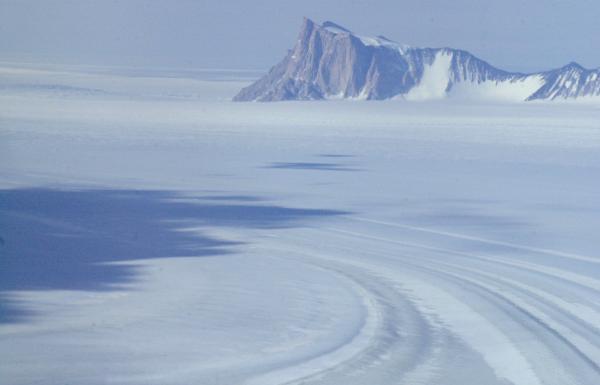
The largest desert on Earth is the Antarctic Desert, which covers the whole continent of Antarctica. This polar desert is distinguished by severe cold, with temperatures as low as -89.2°C, in contrast to conventional hot deserts. Less than 200 mm of precipitation, usually in the form of snow, falls on its enormous ice sheets each year, which cover an area of around 13.8 million square kilometers. With research sites that track ice core data and atmospheric changes, the area is vital for studies of the global climate. It is inhospitable due to its remoteness and severe weather, but it is home to special cold-adapted microbial life.
2. Arctic Desert (13,726,937 km²):
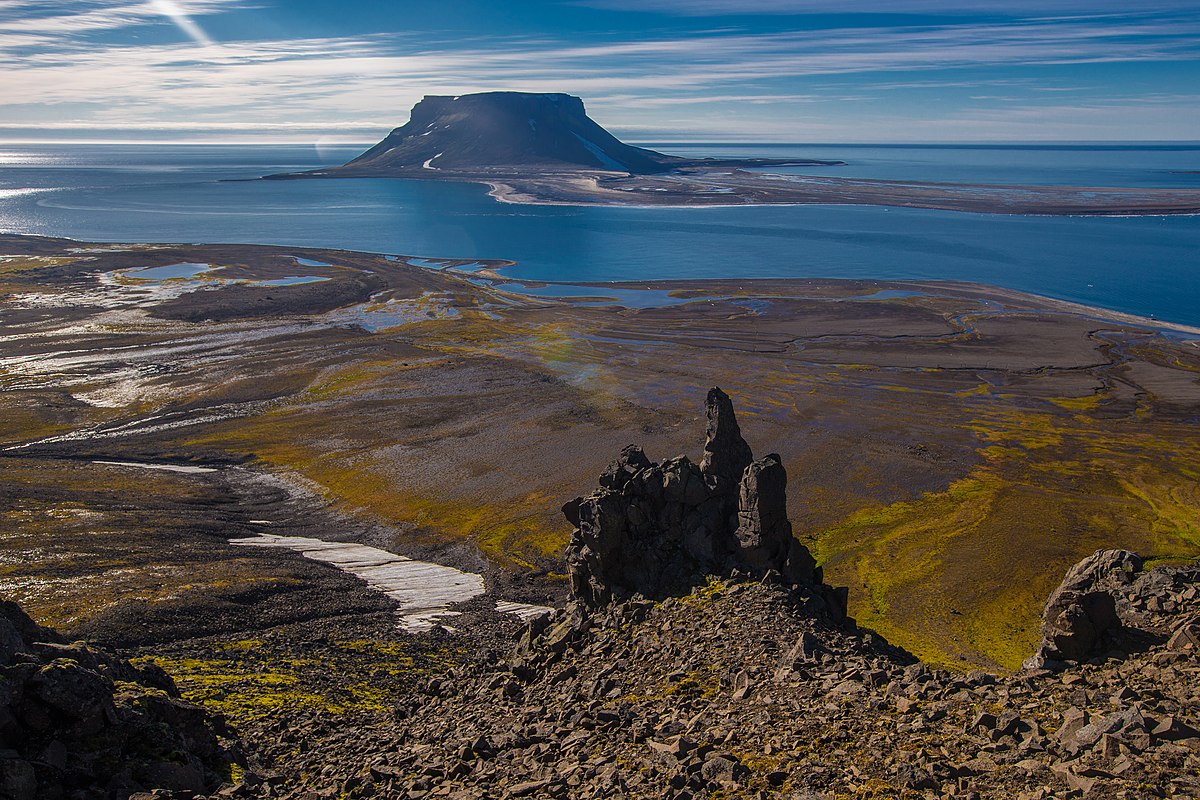
With an area of roughly 13.7 million square kilometers, the Arctic Desert is the second-largest desert in the world. It includes portions of Canada, Greenland, and Russia. With an annual precipitation of less than 250 mm, this polar desert is home to tundra and ice fields. A bleak landscape of permafrost and sparse vegetation can result from temperatures that can drop as low as -40°C. Polar bears, Arctic foxes, and migratory birds call the Arctic home, but as a result of rapid climate change, the region's ice cover is melting, endangering ecosystems and native populations.
3. Sahara Desert (9,200,000 km²):
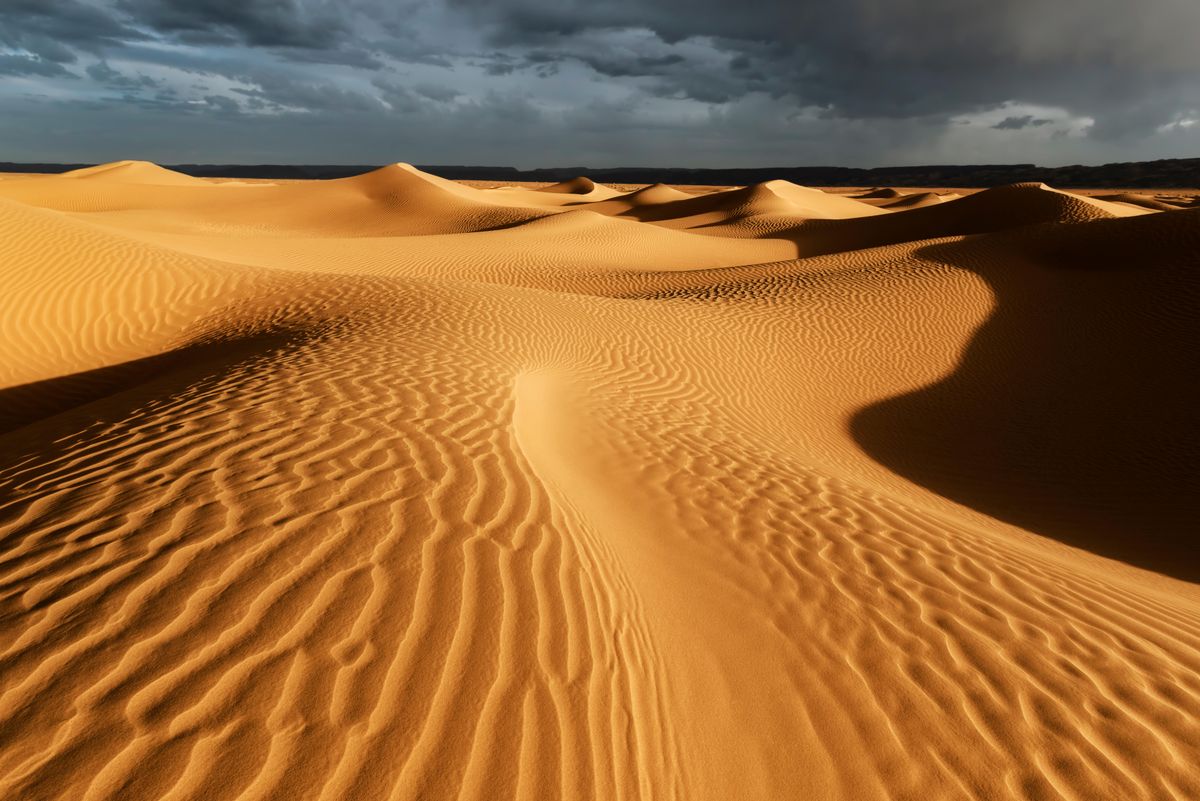
The Sahara is the largest scorching desert, spanning 9.2 million square kilometers across North Africa from the Atlantic Ocean to the Red Sea. The region, which includes nations like Egypt, Algeria, and Morocco, receives less than 100 mm of precipitation per year. Nomadic tribes and animals like the fennec fox are supported by its recognizable sand dunes, rocky plateaus, and sporadic oases. As a result of desertification, the Sahara is still growing in 2025, which has an effect on nearby water and agricultural supplies.
4. Australian Desert (2,700,000 km²):
Covering 2.7 million square kilometers, or around 18% of Australia's mainland, the Australian Desert is a collective designation for a number of deserts, including the Great Victoria and Simpson. It gets between 81 and 250 mm of rain a year and is home to red sand dunes, salt lakes, and scarce shrublands. In addition to being home to rare animals like bilby and kangaroo, it is also culturally significant to Aboriginal communities. Conservation initiatives in 2025 concentrate on preserving its biodiversity in the face of mining and climate change.
5. Arabian Desert (2,330,000 km²):
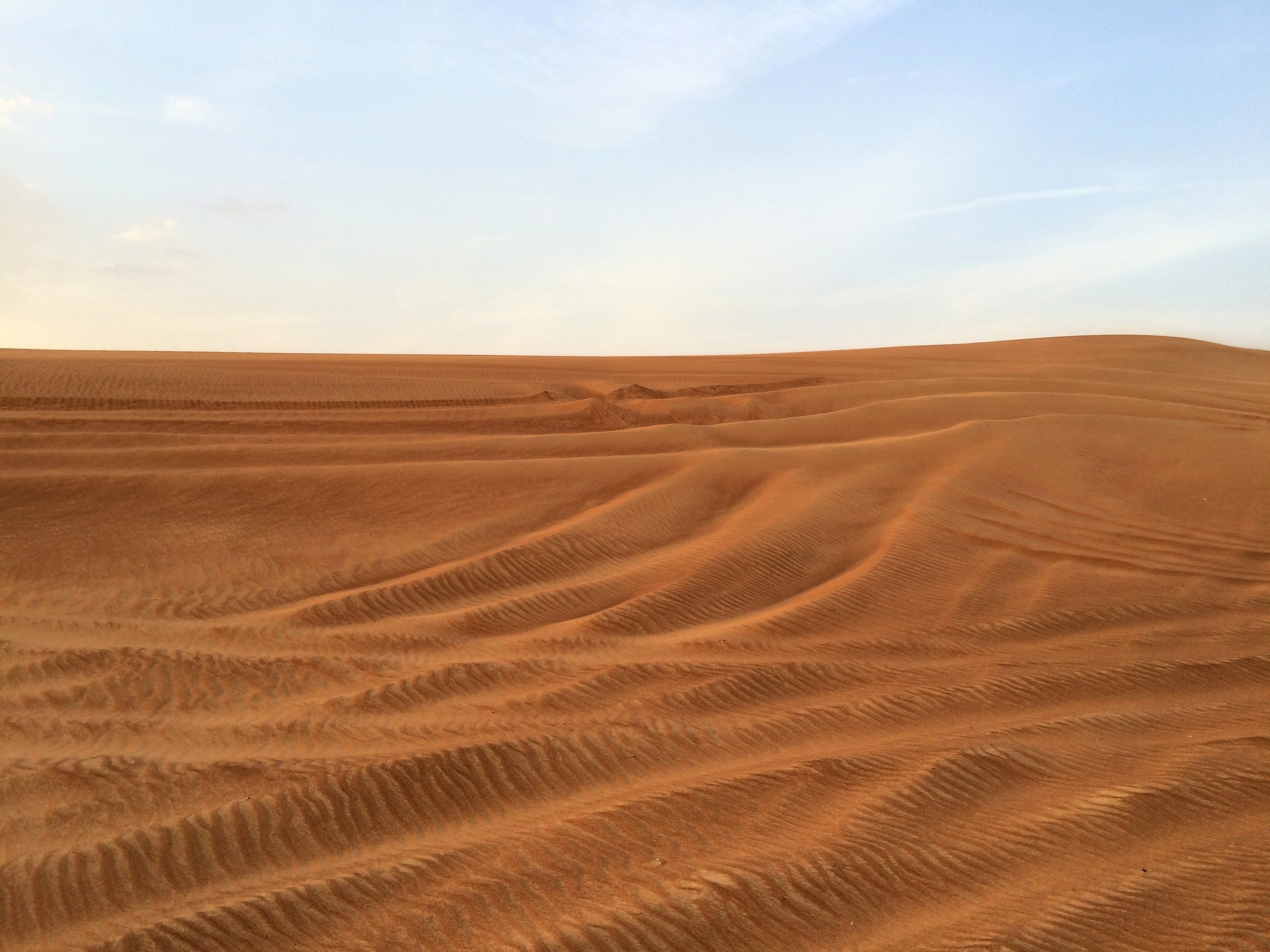
Parts of Saudi Arabia, Yemen, and Oman are included in the 2.33 million square kilometer Arabian Desert, which covers the Arabian Peninsula. Known for its huge sand seas like the Rub’ al Khali, it experiences intense temperatures and less than 100 mm of yearly rainfall. Bedouin tribes and unique creatures like the Arabian oryx live this harsh region. In 2025, oil exploration and urban expansion continue to impact its economic and environmental dynamics.
6. Gobi Desert (1,295,000 km²):
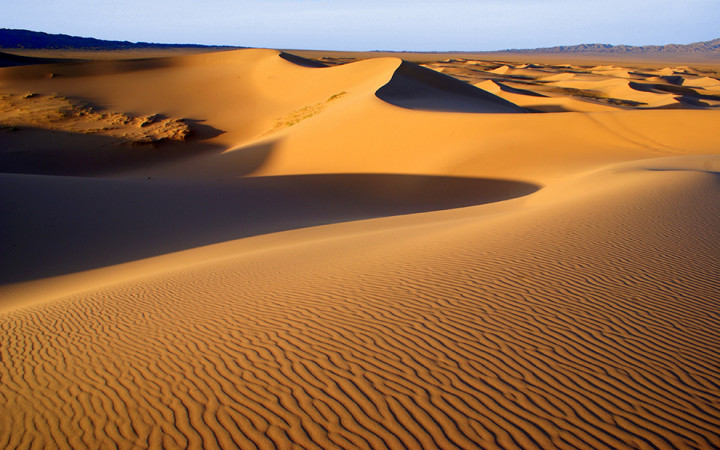
The Gobi Desert is a frigid desert with temperatures between -40°C and 40°C that spans 1.3 million square kilometers in northern China and southern Mongolia. About 194 mm of rain falls on its stony landscape and scant vegetation each year. The Gobi is home to nomadic herders and is abundant in fossils, including dinosaur remains. By 2025, human activity is growing due to infrastructural initiatives like China's Belt and Road Initiative, which raises questions about the effects on the environment.
7. Kalahari Desert (900,000 km²):
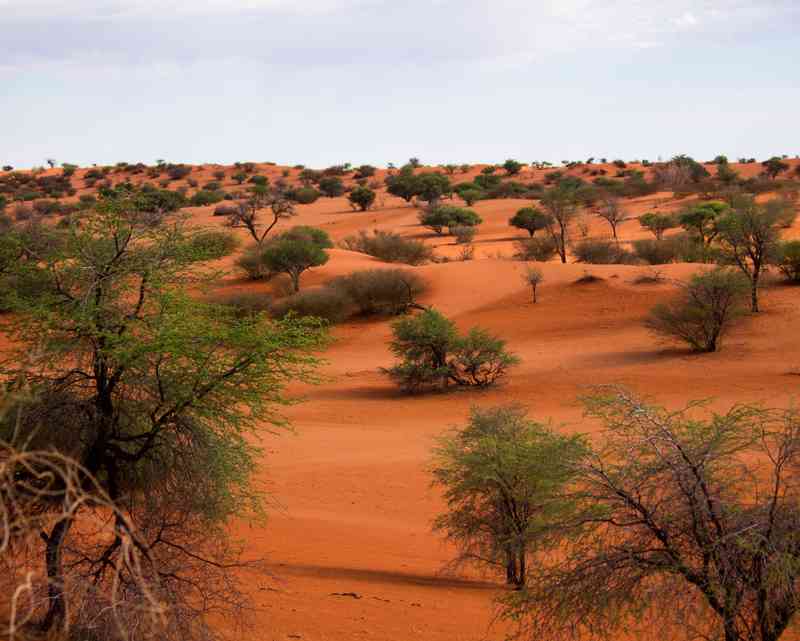
Covering 900,000 square kilometers across South Africa, Namibia, and Botswana, the Kalahari Desert is a semi-arid savanna with sporadic grasses and sandy soils. With up to 250 mm of annual precipitation, it is home to a variety of species, including as lions and meerkats, as well as the San people, who have inhabited the area for thousands of years. Even though water scarcity is still an issue, tourism and conservation initiatives in 2025 emphasize the Kalahari's ecological significance.
8. Patagonian Desert (620,000 km²):

Covering 620,000 square kilometers in Argentina and Chile, the Patagonian Desert is a frigid desert formed by the rain shadow of the Andes. Its steppe-like terrain, which includes guanacos and bushes, receives less than 200 mm of rainfall annually. Although the region's wind energy potential is becoming more widely recognized in 2025, its delicate ecosystem is in danger due to overgrazing and climate change.
9. Syrian Desert (500,000 km²):
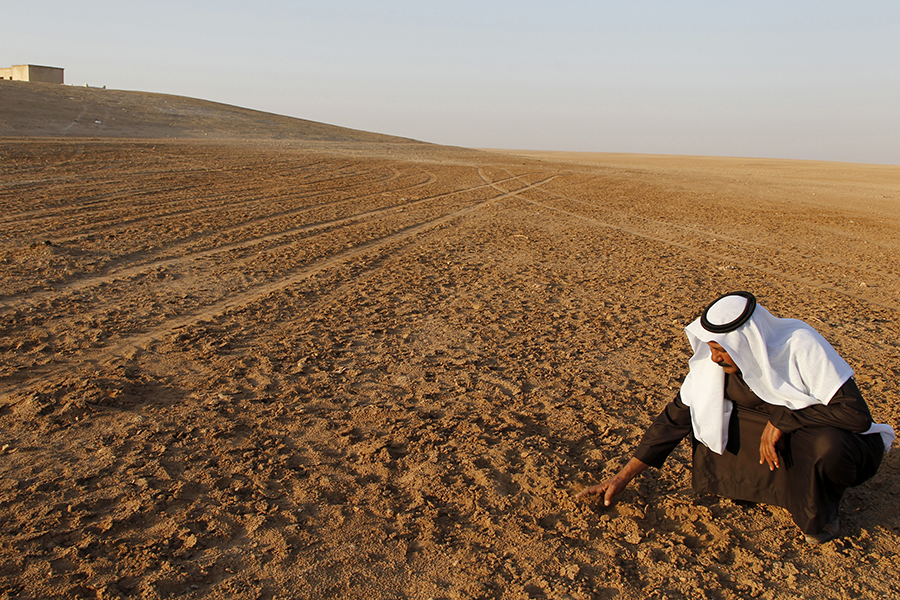
With less than 125 mm of annual precipitation, the Syrian Desert is a stony, arid region that covers 500,000 square kilometers and is shared by Saudi Arabia, Jordan, Iraq, and Syria. Its steppes support nomadic herders and archaeological monuments like Palmyra. Water shortages in 2025 are made worse by continued regional wars and climate change, which affect local communities and historical preservation initiatives.
10. Great Basin Desert (492,000 km²):
The Great Basin Desert is a frigid desert with mountain ranges and sagebrush plains that spans 492,000 square kilometers in the western United States. It receives between 150 and 300 mm of precipitation each year and is home to rare species such as bristlecone pine. In 2025, its protection is threatened by urbanization and water management problems in places like Nevada, but stargazers are drawn to its dark skies.
Comments 0